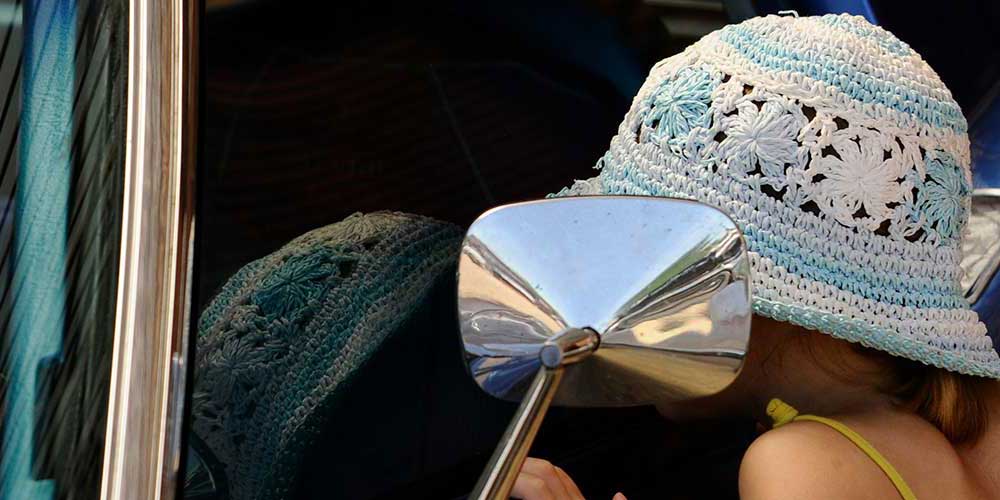By Robert Tate, Automotive Historian and Researcher
Images courtesy of Nick DeWolf Photo
Posted: 05.24.2017
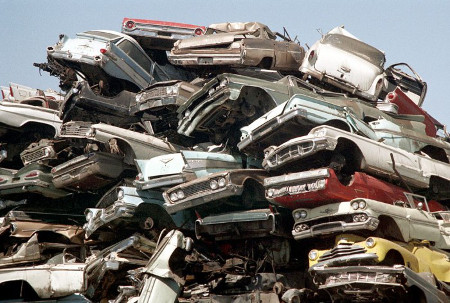
The purpose of researching and writing the Story of the Week for the past seven years has been to highlight and inform our readers about the importance of supporting our automotive history and heritage. Being an automotive historian, it is my passion and responsibility to understand and help preserve our automotive heritage assets as well as our historical programs.
I want to take you back to the year 1966. I was 8 years old and my mother had just recently moved. One morning, I remember being driven to school and was very excited because I was meeting new friends and attending a new school.
During the drive, I remember a popular song for that time coming on the radio. It was “Shapes of Things” by The Yardbirds, a well-known group that had several hits in the 1960s. Speaking of shapes of things, I remember my mother driving past a neighbor’s home who lived at the corner. At the time, I thought perhaps this man owned and operated his own car towing company. It seemed like he always had at least one or two late model vehicles parked on his property.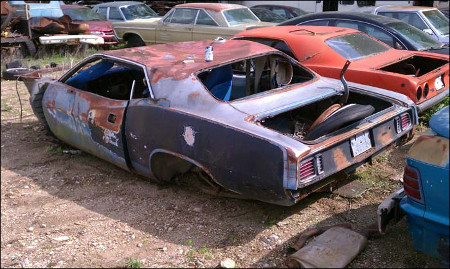
My first response was that this man was a mechanic and he really enjoyed working on older automobiles as a hobby. I still can remember the 1957 Chevrolet models along with the 1956 Studebaker products and the early Chrysler and Ford vehicles as well. I will never forget seeing that pink and gray 1956 Pontiac that he had recently towed.
One day as I was riding my bicycle past his house, I stopped and had a conversation with this man about why he was towing in so many older vehicles. At the time, the cars all looked drivable so I wanted to know where he kept his automotive shop.
Much to my shock, he told me he was towing all of those beautiful old cars for scrap metal. He said he was taking them some place where they would be recycled, and the material would be used to make new vehicles. I remember saying at the time that those cars are a part of our history and some of them should not be destroyed. The man continued to educate me on the importance of recycling and how the automobile companies have to sell the new ones in order to stay in business.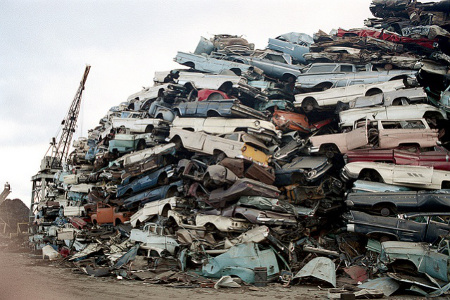
The following weekend I put together a lemonade stand along with a sign I had made that stated, “Save our old cars.” Later, I even wrote someone in Washington, D.C., in support of my idea to save the old cars. At first, I did receive some positive support from the neighborhood and community about the importance of old cars; my neighbors, however, soon forgot about the idea.
I remember one morning as I was walking to my elementary school, I noticed he was towing in a 1959 Edsel model. I stopped and asked him if I could take ownership of the vehicle because I wanted to save it from being destroyed. Surprisingly, he looked at me and said, “Young man, if you ask your parents and they say it’s okay for you to receive this vehicle, I will let you have it – no questions asked.” Later, however, I asked my mother along with my two sisters if I could take ownership of the vehicle and the answer was a firm no. I remember my mother saying at the time, “We are not going to have a junked automobile on our property.”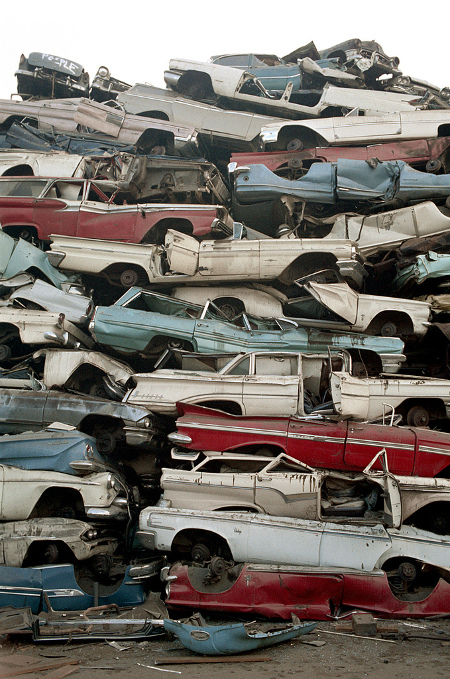
I was heartbroken at first about the situation, but soon I had realized that recycling is a part of our American automotive business. For some people, an old automobile is just an old car and it should be destroyed after many years of use. I see it much differently. I always have looked at the old cars and their linked history as part of our American history and culture that may soon be forgotten.
As I did during my childhood, I will continue to support our automotive heritage and the programs that relate to the automotive community. Only now, I have traded in my lemonade stand and sign for the Story of Week, an exclusive program founded by the MotorCities National Heritage Area.
MotorCities carries on the dream that started for me as a youngster when I desperately wanted to save that Edsel and the other junkyard-bound cars. MotorCities is the only organization dedicated to safeguarding the history of the automotive industry, not just in the Motor City, but all over southeast and central Michigan.
There are many historical automotive assets in the region which must be protected. MotorCities National Heritage Area has supported and enhanced each of these important sites: The Packard Proving Grounds, Automotive Hall of Fame, Ypsilanti Automotive Heritage Museum, Ford Piquette Avenue Plant, Edsel & Eleanor Ford House, Meadow Brook Hall, the Woodward Dream Cruise, the Gilmore Car Museum, the Concours d'Elegance of America and many of the other automotive organizations and programs as well.
As children grow up, their interests almost assuredly change or broaden. For me, my automotive stories to my readers are motivated by my automotive passion, career and past and the vehicle for that passion rests in the hands of MotorCities National Heritage Area.
For further information on photos please visit http://www.detroitpubliclibrary.org/ or email This email address is being protected from spambots. You need JavaScript enabled to view it.. Please do not republish the story and/or photographs without permission of MotorCities National Heritage Area.
If you would like to contribute an article for the MotorCities newsletter, email This email address is being protected from spambots. You need JavaScript enabled to view it. or call 313-259-3425.


